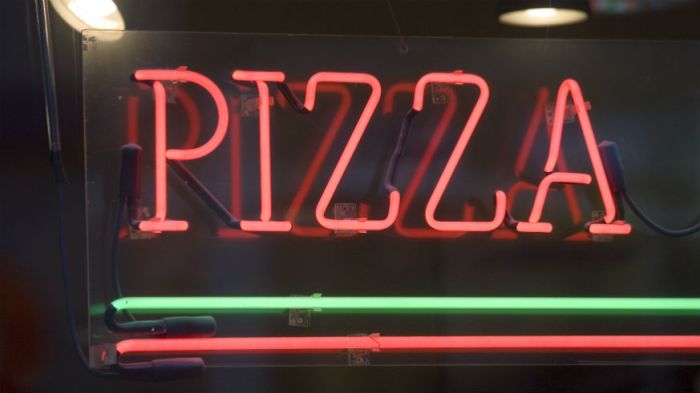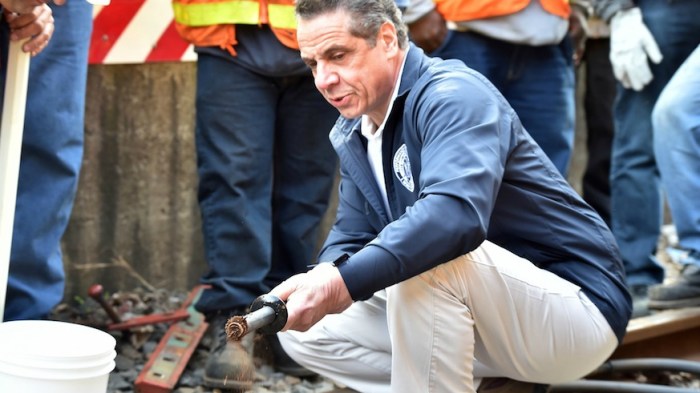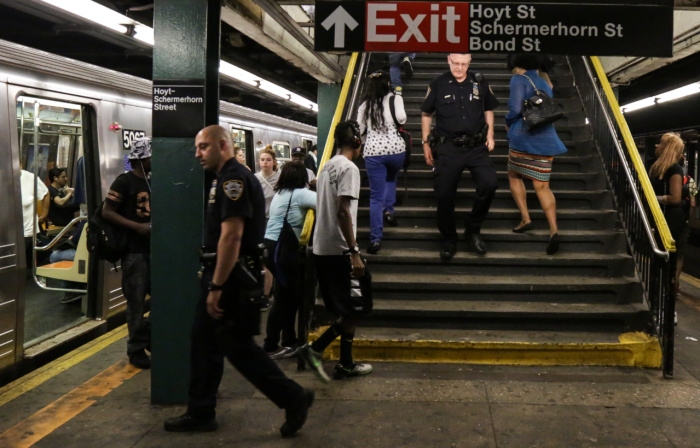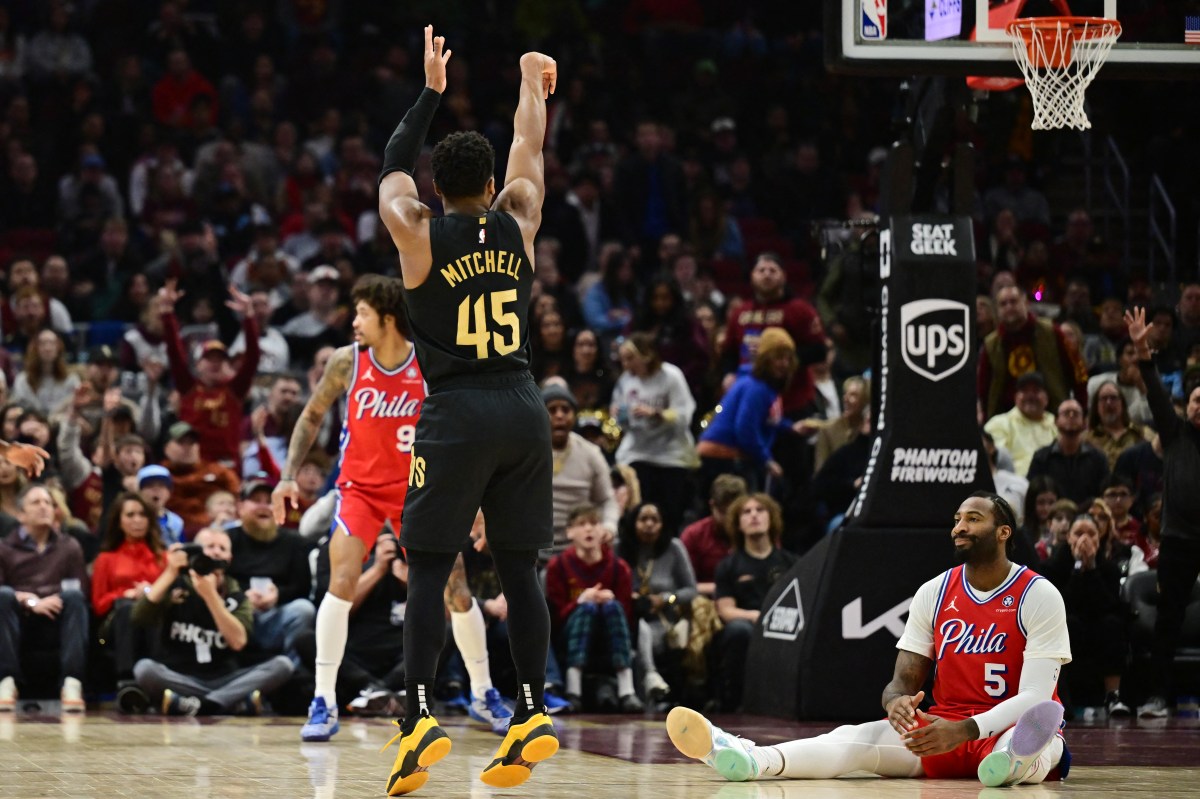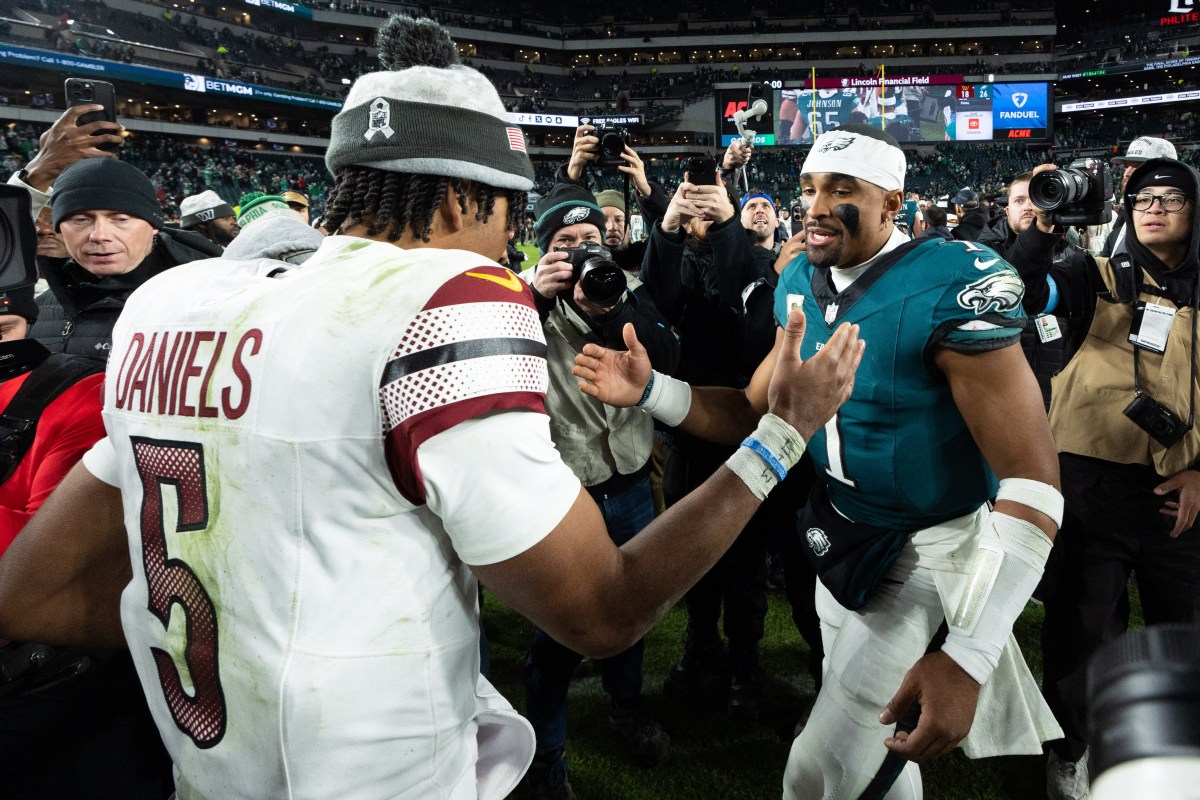The Bronx Bombers are one of the most historic sports teams in the world, so it’s fitting that some fans heading to the Yankees wild card game Wednesday have the chance to do so on a vintage NYC subway train.
The New York Transit Museum will run its 1917 Lo-V train cars to the Yankees wild card game against the Oakland Athletics for the swipe of a MetroCard.
The nostalgic NYC subway train will leave the uptown 4 platform at 42nd Street/Grand Central at approximately 7 p.m. and travel nonstop on the Lexington Avenue Line to 161st Street/Yankee Stadium.
The trip is expected to take about 35 minutes, the New York City Transit Museum said, which will get you to the stadium with more than enough time to get your snacks and take your seat before the first pitch in the Yankee wild card game.
The game starts at 8 p.m. The winner will face the Boston Red Sox in the AL Division Series.

3 fast facts about the nostalgic NYC subway to the Yankees wild card game
“Taking the New York City subway is always a great way to get the ballgame, and being able to travel to Yankee Stadium on the Transit Museum’s vintage fleet is a special tradition for the Museum and the MTA,” said New York Transit Museum Director Concetta Bencivenga. “These cars began service more than 100 years ago, and it’s possible that these very same train cars carried Yankees fans to their first World Series win at the original Yankee Stadium in 1923.”
Here are some other tidbits about this nostalgic NYC trains:
• Starting in 1917, the Lo-V train cars ran on the Interborough Rapid Transit (IRT) system.
• They feature rattan seats, ceiling fans and drop sash windows and vintage ads — but no AC, digital displays or automated announcements.
• They were used for more than five decades before being retired in the 1960s.

